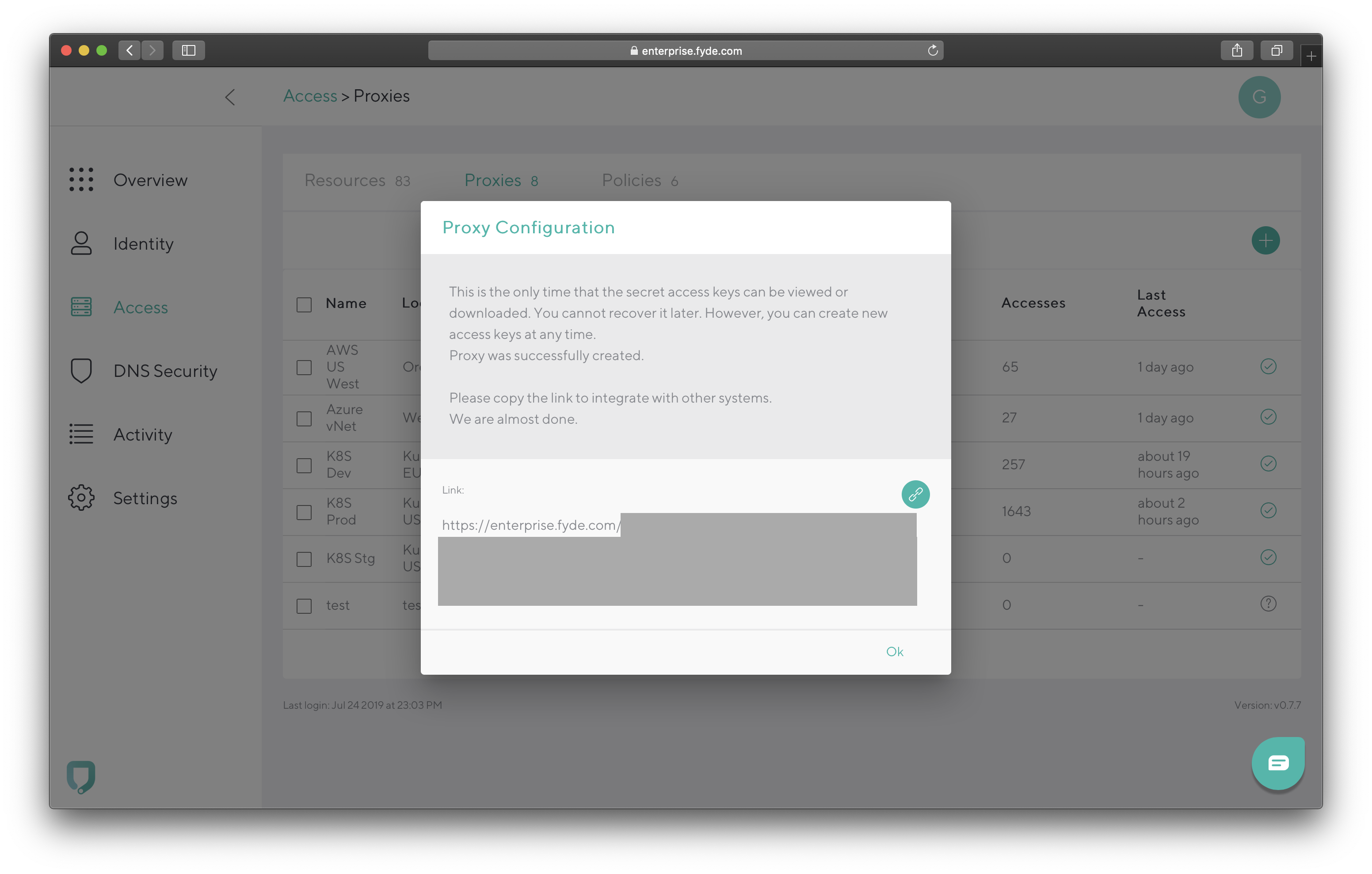

You could use any name if you like considering that it's not already used for another service and that the name stays the same everywhere. It is important to stay consistent with names inside routers and middlewares. I'd like to highlight that I had to double the $ symbols in order to escape the $ symbols as it tries to reference a variable. Version: '3' services: reverse-proxy: restart: always image: traefik:v2.0 ports: - "443:443" - "80:80" volumes: - /srv/traefik.toml:/etc/traefik/traefik.toml - /var/run/docker.sock:/var/run/docker.sock labels: - ".rule=Host(``)" - ".entrypoints=http" - ".middlewares=auth" - ".ers=wilson:$$apr1$$1eZu7RXg$$Ql9Z5AvZNc0Oe4In900mi0"


Let's create our first file /srv/docker-compose.yaml We'll use docker-compose to avoid typing the same command again and again and also enhance it with new configuration elements as this tutorial goes along.
#Private internet access proxy blue iris install#
It is just as well to install Traefik's binary file, compile it from source, or, just like we'll be doing in this blog post, deploy it with a Docker image. In my case, that server will be 192.168.0.1: it is where ports 80 (HTTP) and 443 (HTTPS) of my internet router (freebox) are forwarded to. Okay, let's set everything up together now :) Setting-up Traefikįirst, you'll need to setup Traefik on a webserver accessible from the internet. You could also emulate a domain name through your local /etc/hosts file, but in such case the generation of a SSL certificate won't be possible. Of course to make it work you will need a domain name ( in my case), and to make sure the different DNS Zones are pointing to your server. Secured connections via Let's Encrypt certificates.Automatic service discovery (featuring Docker for instance).There are loads of reverse proxy on the market, but today's focus will be on Traefik which allows: In other words, a proxy is associated with the client(s), while a reverse proxy is associated with the server(s) a reverse proxy is usually an internal-facing proxy used as a 'front-end' to control and protect access to a server on a private network. Unlike a forward proxy, which is an intermediary for its associated clients to contact any server, a reverse proxy is an intermediary for its associated servers to be contacted by any client. These resources are then returned to the client, appearing as if they originated from the reverse proxy server itself. A reverse proxy is a type of proxy server that retrieves resources on behalf of a client from one or more servers. Making this charming little world accessible from the unique public IP adress in my possesion leads me to use a reverse proxy system.īut what actually is a reverse proxy ? Quoting Wikipedia, In short, a galaxy of smart devices serving websites and apps, but nonetheless, none of them are easily accessible from outside my place and even less, from a secured connection. At home, I've got a NAS, a Raspberry PI running on Octopi, a server running on Debian, etc.


 0 kommentar(er)
0 kommentar(er)
